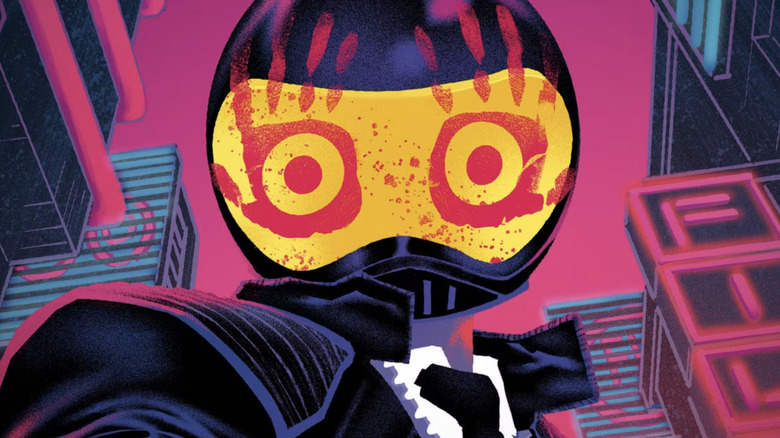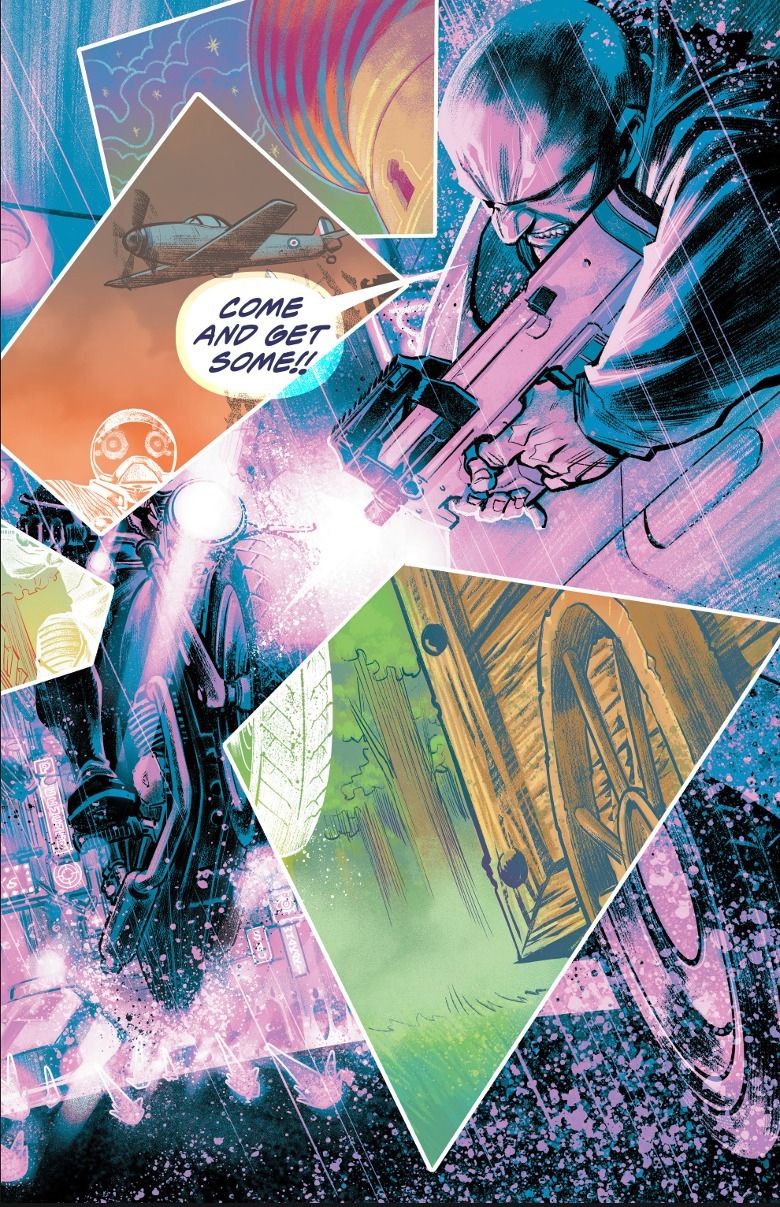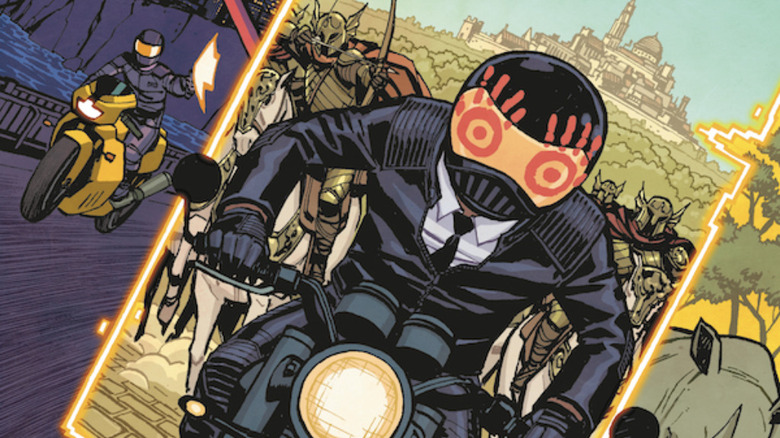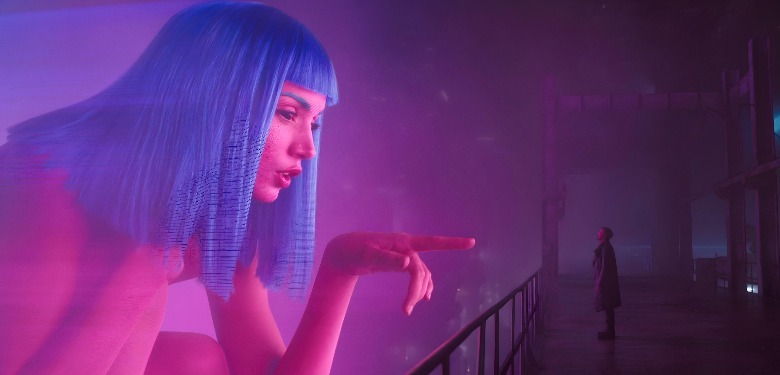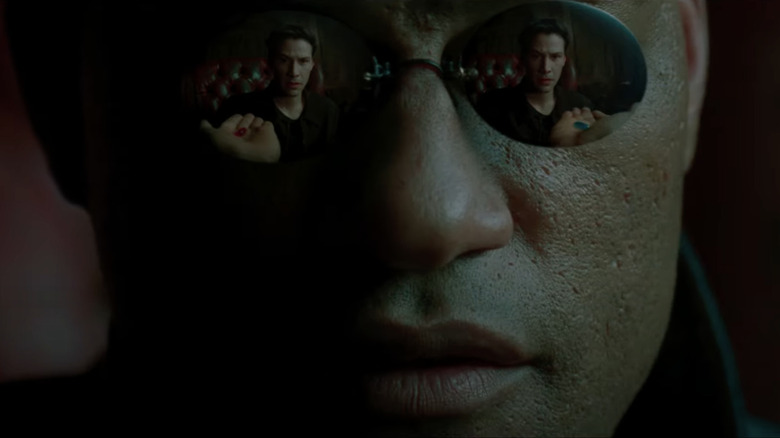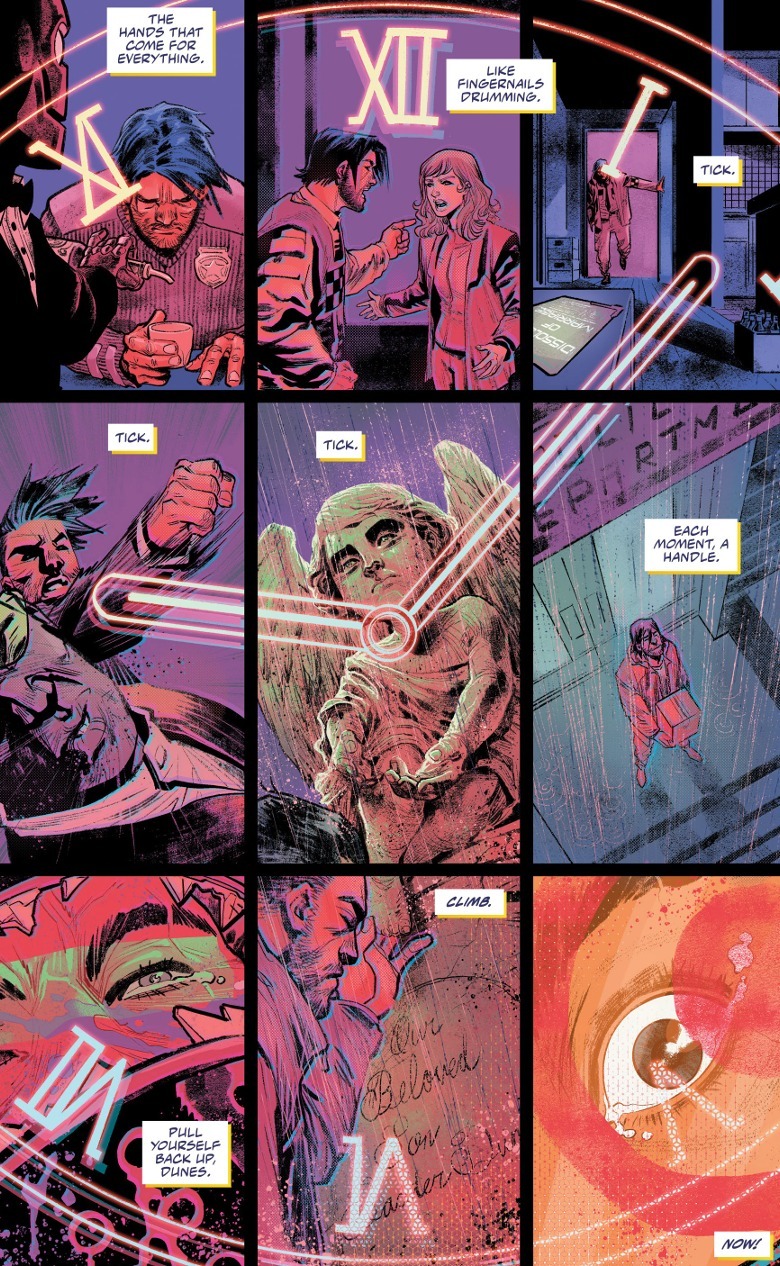This Chilling Cyberpunk Comic Is The Most Relevant Sci-Fi Story Since The Matrix
We may receive a commission on purchases made from links.
Comic fans know Scott Snyder best for his work at DC Comics — especially on Batman. (Snyder was writer of the main ongoing "Batman" title from 2011 to 2016, and he's kept going back to Gotham City since.) However, Snyder also kept up a prolific pace with creator-owned comics. Since 2022, he's been writing several digital-first comic mini-series, which are first distributed through the Amazon digital reading service Comixology, and then published in print by Dark Horse.
One of these is the cyberpunk comic "Clear," drawn by Francis Manapul and first released in 2023. (There are six digital "Clear" issues, but the print editions opted for a 2-in-1 model, bringing the total to three.) The comic is set in 2052, but it's really about the world we have now. In this future, we haven't solved any of the problems that plague our world; global warming, mass inequality, population displacement, etc. How do people go on living? With "Veils," or brain implants that let you see the world how you want to.
Do you want to live in an old west adventure? A sword and sorcery fantasy? A superhero comic? You can! In "Clear," reality has become your own personal holodeck. But the Veils don't actually change the world, just your perception of them. It's the next step of the internet and online echo chambers, which has torn apart our shared societal understanding of what's true and what isn't.
Manapul represents this idea with paneling and color to show different Veils simultaneously. However, they are all just painted on top of the same fundamental reality, no matter how people deny it.
On his "Our Best Jackett" Substack, Snyder has said that he takes what scares him and makes his characters grapple with the same fears. His overarching fear is that his children are inheriting a broken world. Snyder is the writer who recently, in "Absolute Batman," reimagined Bruce Wayne's origin story as a mass shooting instead of a mugging.
Clear is cyberpunk detective story akin to Blade Runner
"Clear" is a detective story, and the actual narrative is more typical than the premise. Lead character Sam Dunes is a motorcycle-driving private investigator. Unlike everyone else, he chooses to not wear a Veil; the comic is called "Clear" because no one has such a view of the world anymore, except for Sam. When Sam's ex-wife Kendra seemingly dies by suicide, he winds up drawn into a conspiracy. (Sam and Kendra separated after the death of their son, who died in a car crash because he was fiddling with their Veils — a 2050s version of texting while driving?)
The story and setting of "Clear" owe a lot to cyberpunk godfather Philip K. Dick and movie adaptations of his prose stories. The futuristic noir is akin to "Blade Runner." The constant doubt over what's real and what isn't brings to mind "Total Recall." Dunes' backstory of a lost child and fractured marriage echo John Anderton (Tom Cruise) in "Minority Report." Manapul also most favors purple neon coloring, evoking Roger Deakins' cinematogaphy in "Blade Runner 2049" — particularly this scene:
The comic's allegory, though, is closest to a non-Dickian cyberpunk: "The Matrix." The titular Matrix is "the world that has been pulled over your eyes to blind you from the truth," as Morpheus (Laurence Fishburne) tells Neo (Keanu Reeves), and "Clear" takes that concept for the Veils.
How Scott Snyder and Francis Manapul's Clear updates The Matrix
"The Matrix" was an allegory designed for "the end of history," when Liberal capitalism reigned unchallenged and it seemed like the tumultuous 20th century had climaxed. All that struggle and discontent, it appeared, so we could live monotonous lives as office drones. Morpheus emphasizes that people experience the Matrix "when you go to work, when you go to church, when you pay your taxes." All of these are systems that make the individual submit to a larger system. Before Neo takes the red pill, he is caged in a cubicle, a mere replaceable "battery" for his corporate overlords like he is for the machines in the real world. As Billy Corgan wrote, "The world is a vampire."
"Clear," having come 24 years after "The Matrix," readjusts the allegory. In this comic, everyone knows the world they see isn't real, but they choose it anyway — it's a whole planet of Cyphers. That's because there's no illusion of comfort and docile stability like there was in the 1990s anymore. Everyone knows that problems are piling up and the people in power refuse to fix them (non-monstrously, anyway). We know people are suffering, whether from images of people far away being bombed or when we see homeless people in the streets. Yet we're encouraged to turn a blind eye and we all oblige to varying degrees. Reckoning with the real world is so terrifying that tuning out becomes easier. How else could you continue going about your day-to-day?
Issue #3 of "Clear" flashes back to how Sam and Kendra's marriage fell apart. In lieu of a montage, there's a single page with a clock patterned embedded across the panels, conveying a lot of time passing in a fraction of the story. I couldn't help but think of Alan Moore and Dave Gibbons' "Watchmen," especially since the "Clear" flashback uses a nine panel layout, the default of pages of "Watchmen."
The ending of "Clear" made me think of "Watchmen" once more. At the end of "Clear," Sam shuts down a system-wide Veil and lets everyone see the world as it really is. Others said that showing the real world would just make the Veiled slip even deeper into denial, but Sam thinks it will shake them out of apathy. The comic ends there, so we don't learn who was right. As Moore wrote at the end of "Watchmen," and which Snyder quotes in spirit as the ending of his book and plea to his readers, "I leave it entirely in your hands."
"Clear" is available for purchase in print and digital.
